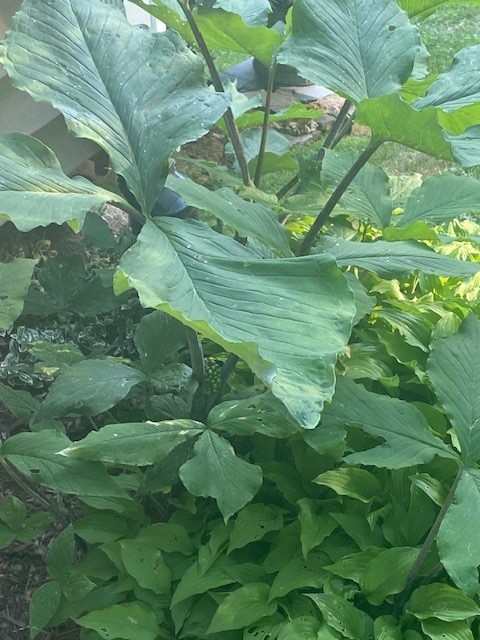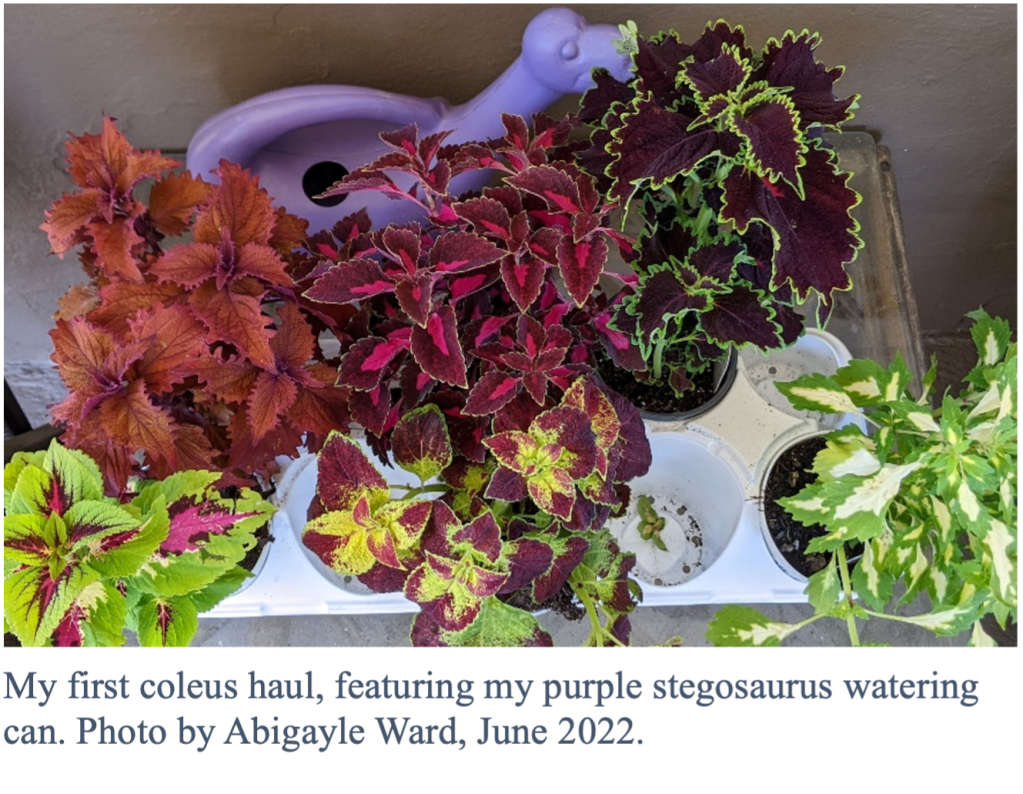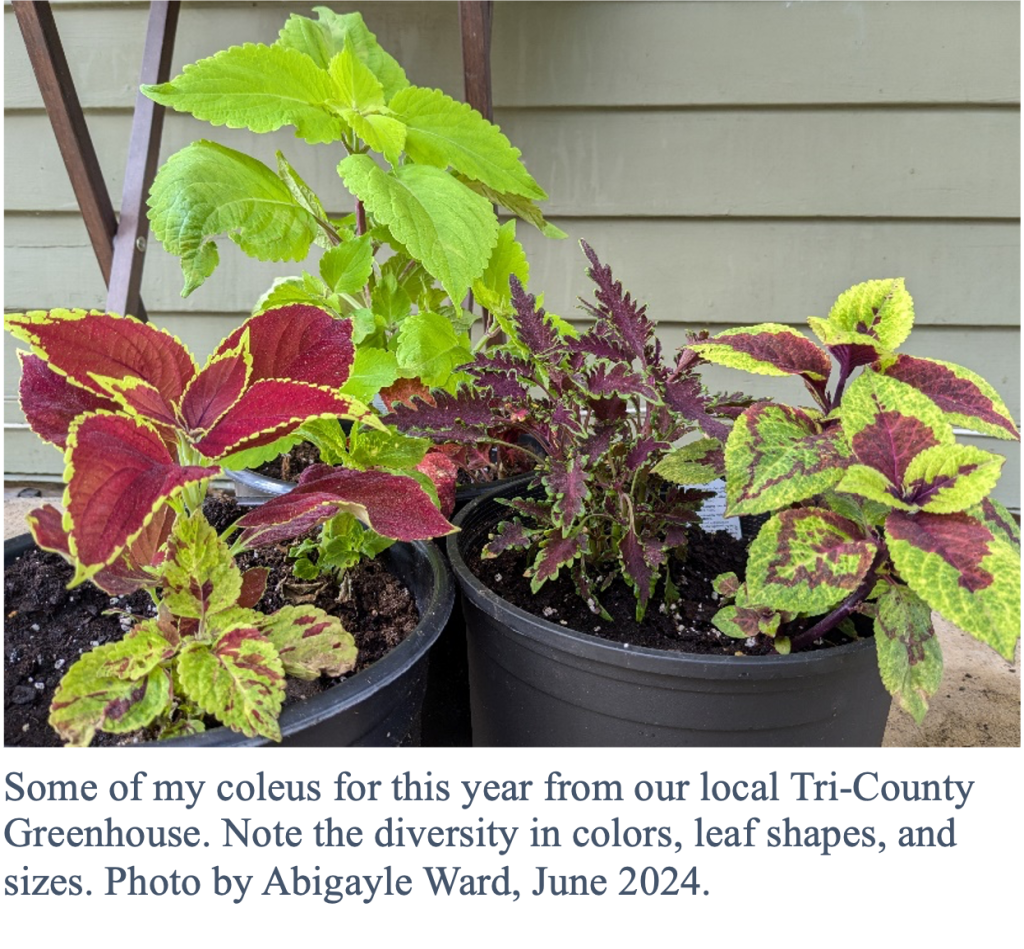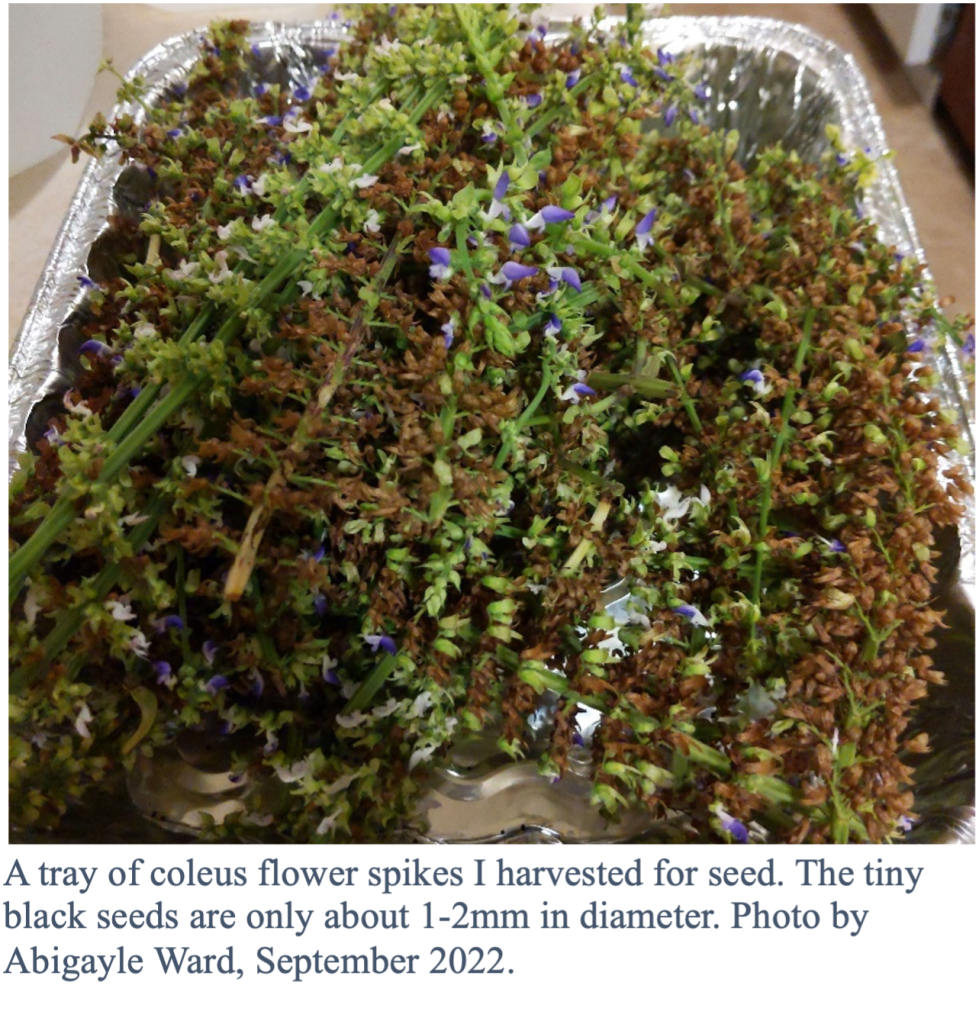One of the most fascinating plants to me (many moons ago) as a young naturalist was Jack in the Pulpit. The plant is quite unique because of its unusual flower, its pollination strategy and its unpalatability to herbivores. The 1- to 3-foot-tall and wide plants send up stems bearing trifoliate leaves. They are found in deciduous woodlands throughout the eastern half of the country.
The flowers are an erect, maroon-colored spike called a spadix (Jack). It is covered with very small green to purple flowers. An eye-catching green and maroon striped spathe forms a hood extending over ‘Jack’. This is the sheath-like pulpit. Tiny male flowers cover the top of the spadix with female flowers below. Interestingly, this plant is not self-fertile. The upper male flowers senesce before the lower female flowers mature.
This forces Jack in the Pulpits to rely on pollinators like flies and gnats to deliver pollen from another plant. By the same token, this encourages genetic diversity. Also, young plants initially just produce male flowers. The plant may change sex, basically depending on the weather. If plants have a good year and are able to store lots of energy in their bulb-like corn, a female plant will likely emerge in the spring able to produce flowers and fruits. If preceded by an unfavorable year, then male plants arise.
Female plants are large and robust. After the flowers are fertilized, a cluster of shiny green berries becomes evident. The berries are about a quarter inch in diameter and the seed cluster may be about 2 inches across. The berries, which ripen to a bright red in September, are eaten by a few bird species and rodents. Seeds are excreted, often a distance from the parent plant and new colonies arise.
Jack in the Pulpits also spread by corms, their underground food storage unit. Shoots sent out from the older corms grow into new plants. Often a large female plant is surrounded by a bevy of smaller male plants forming a tightly knit colony. Plants are long-lived in their native woodland habitats or in shady native plant gardens.
Reputedly corms were a food source for Native Americans as well as sometimes browsed by deer and bears. The leaves of the plants are left alone, however. All parts of the plant contain calcium oxalate, which while not poisonous in the classic sense, does create intense burning sensations if consumed. In the plant, tiny crystals of calcium oxalate are formed and if eaten they pierce the mouth, throat and digestive system causing severe pain and discomfort. Swelling could occur and while not common, it could be fatal. Needless to say, this discourages browsing by herbivores such as deer.
Having deciduous woods around my yard, I was delighted to find Jack in the Pulpits, wild geraniums and ferns along the outskirts as well. Over the years, my late husband and I put in vegetable, herb, fruit and flower beds as well as several mixed shrub/perennial gardens. Maybe ten years ago or so I posted a blog about a very unwelcome visitor to my yard – Asian jumping worms. Word about these ecosystem destroyers is pretty widespread but for those that need a reminder, it is believed these were brought to this country inadvertently about 75 or more years ago. They have been spreading throughout the Northeast and Midwest ever since.
Jumping worms or snakeworms, as they are sometimes called because of their wild, thrashing movements when disturbed, are surface feeders inhabiting the soil right below rich layers of leaf litter, mulch or other organic materials. They disturb soils both physically and chemically. When they ingest the organic rich soil, the castings (droppings) they leave behind resemble Grape Nuts cereal. You can read about the devastation they cause in forest soils but for us gardeners, these aggregates cause the soil to be excessively well-aerated, so they dry out quicker. Because the castings contain considerable amounts of organic matter, they are lightweight and become very hydrophobic when dry. So, when it rains or one irrigates, they float off site with a heavy flow of water taking nutrients and organic matter with them.
Not only are they damaging, but jumping worms are prolific. In the Northeast, they typically will produce egg-bearing cocoons in the fall and the adults will die over the winter. Adults can produce 60 or more cocoons each year containing 1 to 2 eggs each. Last year we had such a mild winter that I was seeing adults after rains, even in December. So far this spring, I only encountered one adult. But there are plenty of young’uns in my gardens now.
And there are also plenty of Jack-in-the Pulpits! They are considered vermiphile plants – a term I had not heard before but apparently these are plants left in the wake of an invasive earthworm incursion. Others include Pennsylvania sedge, ramps, ash tree saplings and I believe some ferns high in silica.
At first, I was delighted to find these woodland natives but then it hit me. Every time I would find Jack-in-the-Pulpit in another garden bed, it was always accompanied by jumping worms. Are these two occurrences coincidental or related? I’m not really sure as there have been others that reported the same anecdotally but I have not seen any scientific studies on this topic. So now I cringe every time I come across Jack-in-the-Pulpit seedlings. There’s only one garden area left in my yard that I have not found these worms in – yet!
Dawn P.








